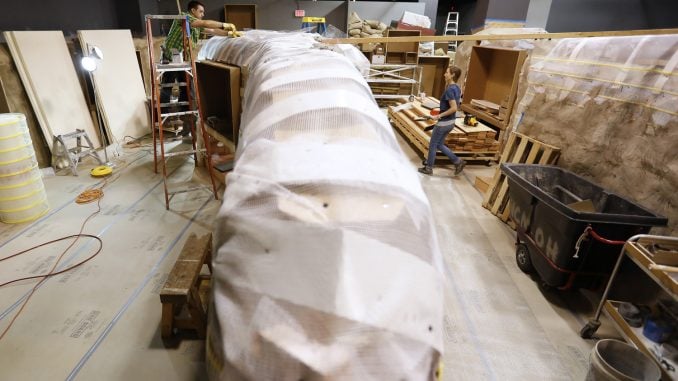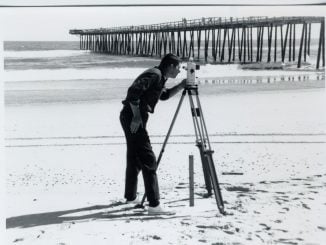
North Carolina sent 86,457 soldiers to fight in the Great War what was to be “the war to end all wars.” History would write over the name and the span of fighting that raged across Europe from 1914-1918 came to be known as World War I.The United States only plunged into the combat for a year and a half, but our state mobilized to ready those troops with precision. Camp Greene was built near Charlotte, Camp Polk was organized west of Raleigh proper, and Camp Bragg came into being near Fayetteville to train and ready the military for battle. On the coast ships were built in Wilmington, Elizabeth City, and Morehead City for the Navy, airplane propellers were made in High Point, textile mills churned out necessities for soldiers, and artillery shells were manufactured in the capital city at Raleigh Iron Works.One Hundred years later the North Carolina Museum of History is deep in the trenches of preparation for their 6,500 square-foot exhibition coming April 8, 2017. “We started our definitive planning about a year ago,” said North Carolina Museum of History Associate Director, Jackson Marshall, III. Marshall’s connection to World War I is personal as the grandson of a WWI veteran. He wrote “Memories of World War I: North Carolina Doughboys on the Western Front,” which was published in 1998. Marshall is drawing on many of the soldier stories chronicled in his book for the vignettes they are creating in the exhibit space. The vast knowledge Marshall possesses coupled with curator Dr. Jeanne Marie Warzeski’s brilliance and attention to detail ensure an exhibit that will engage all ages.Once they knew the timeline at hand the team requested documents be sent over from the N.C. Office of Archives and History and that’s when a treasure trove of discovery began. “We would find a piece of information and then connect it with an artifact and the soldier or nurse would begin to come alive again so we could tell their story,” said Warzeski. “It’s truly been an exciting journey of discovery.”The exhibit’s main focus will be on North Carolina’s place in the Great War, but the visitor will also be absorbed in an immersive tour through all of the aspects that came with World War I from trench warfare to the advent of aviation.The massive undertaking will contain nearly 500 artifacts, including photography, historical film footage, interactive components designed to educate, a trench diorama, and video reenactments featuring European and North Carolina soldiers and citizens.A century since the Tar Heel state sent soldiers off to World War I deserves a commemoration on a large scale and that is what the N.C. Department of Natural and Cultural Resources have planned. On Saturday, April 8, 2017 the events will kickoff with a wreath laying ceremony in the World War I section of the North Carolina Veterans Memorial at the State Capitol grounds, followed by an exhibit ribbon cutting ceremony, and multiple performances and activities.



